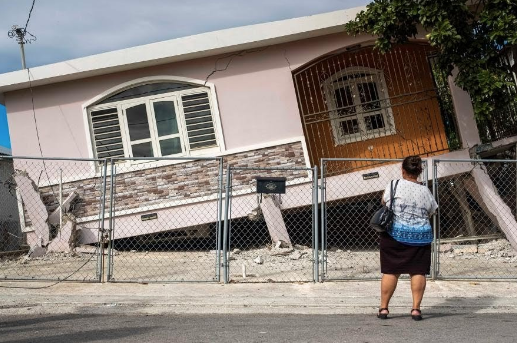GROUND-SHAKING: Since December, Puerto Rico has been rocked by over 400 earthquakes ranging in magnitude.
By Samantha Flores, Staff Writer
Because it sits on top of the Caribbean Tectonic Plate, Puerto Rico’s history of earthquakes is not surprising. However, such a large cluster of earthquakes is very rare and has left the people of Puerto Rico in search of answers. On January 6th, the land under Puerto Rican’s feet began to tremble. This tremble measured a 5.8 magnitude only to be followed by the 6.4 earthquake the very next day. “That one, the biggest quake to hit Puerto Rico in a century, killed at least one person, damaged nearly 600 buildings and caused at least $110 million in damage,” as documented on the website Reuters.
On January 11th, only four days later, another earthquake struck, this time measuring 5.9. Again, Puerto Rico suffered substantial damage. “The latest temblors collapsed homes and schools, knocked out power in some regions, triggered landslides, and toppled the natural rock arch Punta Ventana—a popular landmark that was long a draw for tourists. At least one death has been reported so far,” according to National Geographic. Unfortunately, the United States Geological Survey (USGS), predicts there is a 70 percent chance Puerto Rico will be struck by another earthquake with a magnitude of at least 5.0 later in the week of January 12th through 16th.
These earthquakes are affecting more than just the lives and buildings of Puerto Rico’s inhabitants. The earthquakes are morphing the landscape. “The scientists found that the greatest displacement from the [satellite] flyover area occurred west of the city of Ponce, not far from the quake’s offshore epicenter,” NASA officials stated. With the prediction of more earthquakes on the way, the already recorded 5.5 inches of movement can very well increase, thus changing the Puerto Rico known today. Although seemingly small, these west-ward displacements can very well add up in the future.
In the meantime, Elizabeth Vanacore of the Puerto Rico Seismology Network (PRSN) urge people to look to PRSN, USGS, or any other reliable source for more information about the earthquakes and preparing for them.

